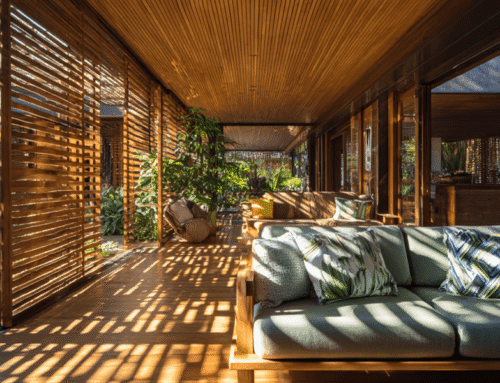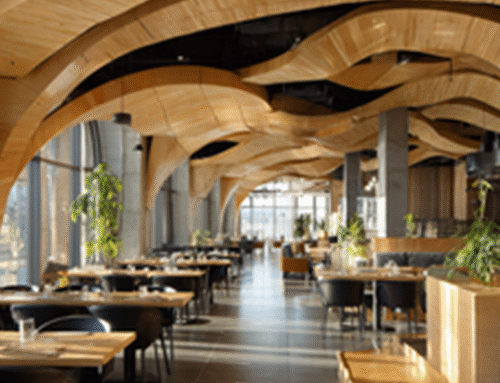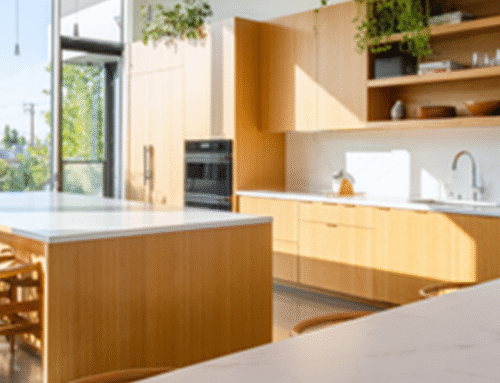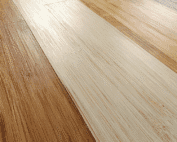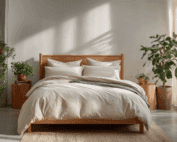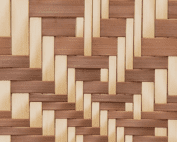How to Prevent Mold & Moisture Damage in Bamboo Panels: Expert Guide

Introduction
Overview
As Vice President of Engineering & Research at HTR Bamboo, I lead our innovation in sustainable bamboo solutions. Our bamboo panels have become a popular choice for sustainable construction, interior design, furniture, and crafts due to their eco-friendly nature, durability, and unique aesthetic appeal. In our ongoing efforts to enhance product longevity, we continually refine techniques to prevent mold moisture damage in bamboo panels, addressing common issues such as mold susceptibility, blackening, and moisture-related degradation that challenge manufacturers and exporters alike.
Purpose and Audience
This bamboo panel mold prevention guide is designed for B2B partners including exporters, importers, distributors, factories, and warehouse owners and B2C partners like architects, construction companies, and homeowners aiming to enhance longevity and ensure proper maintenance of high-quality bamboo panels.
At HTR Bamboo, we offer premium solutions with evidence-based and expert guidance for moisture-resistant bamboo panels and other products. Explore our mold-resistant bamboo panels and best practices for protecting your investment.
Understanding Bamboo Panel Deterioration
Causes of Mold, Blackening and Moisture Damage
Bamboo attracts mold fungi because it contains high amounts of starch and protein which serve as their food. Moreover, bamboo is porous and absorbent, which means that it also traps moisture. If put into an area with high humidity, constantly changing temperature, and direct water exposure, bamboo panels become trapped in a condition that is ideal for a major mold infestation.
The vulnerability of bamboo against molds affects businesses in many ways. Sometimes, bamboos are wasted because they are already infested with molds as soon as they are harvested. Mold fungi may also attack bamboo panels during storage, transportation, processing, and use. Without proper treatment, bamboo wood has an average age of less than a year (Yang et al, 2019).
As a result, the industrial application of solid bamboo wood and derived products becomes limited. While many inorganic and organic preservatives are used to increase mold resistance, only a few are effective as bamboo mold inhibitors because most of them are developed for other woods (Yu et al, 2022).
For bamboo manufacturers, suppliers, and exporters, mold infestation reduces the quantity and quality of harvested bamboo wood and manufactured bamboo panels. For the end-users and consumers, this leads to costly repairs and replacements.
Preventive Maintenance Techniques
Common Methods in the Bamboo Industry
At HTR Bamboo, we emphasize evidence-based best practices. The table below shows research results and their implications to commonly used methods for protecting bamboo panels from mold, blackening, and moisture damage.
| Research Reference | Method | Benefit | Action |
|---|---|---|---|
| Yu et al (2022) | Citric Acid Treatment | reduces starch and sugar content | Soak bamboo in 10% citric acid solution before drying |
| Yang et al (2019) | Copper (II) Chloride-Grafted Silica Gel | serves as antifungal film | Apply a copper (II) chloride-infused silica gel coating to bamboo surfaces |
| Xu et al (2013) | ACQ/CCA Preservative Treatment | serves as a preservative to improve mold resistance | Replace CCA with ACQ to ensure mold protection while reducing toxicity risks. |
| Yang et al (2019) | Sol-Gel Method | serves as a protective coating for long-term mold resistance | Use a sol-gel solution with TEOS, APTES, and CuCl2 to coat and protect bamboo. |
From the table above, industry’s best practices can be summarized in three main techniques: reducing the starch and sugar content in bamboo, treating the bamboo wood with a preservative, and coating it with an additional antifungal protection. The figure shows the effectiveness of these methods in improving bamboo panel’s resistance against mold.
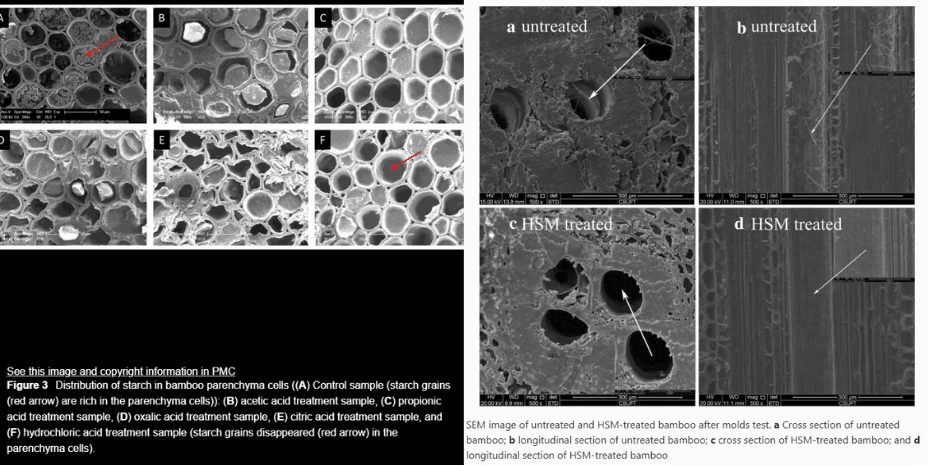
illustration of the effectiveness of commonly used methods for bamboo mold resistance according to research
Sources: Yu et al (2022) & Yang et al (2019)
Methods Still Undergoing Research
To ensure that HTR Bamboo leads in the sustainable production of bamboo panels, I see to it that we are informed of the latest research. The table below identifies methods that are still undergoing research and may be applied by the industry in the near future. These methods need more research to be widely applied in the industry.
| Research Reference | Method | Description |
|---|---|---|
| Li et al (2023) | Bio-based Antifungal Agents | Use of natural plant extracts and microbial metabolites to create eco-friendly, low toxicity mold prevention solutions (examples: glycerol, monolaurate, phytol, carnauba wax) |
| Sun et al (2022) | Nanotechnology Coatings | Use of nano-titanium dioxide, nano-silver for self-cleaning, and antifungal coatings to enhance durability and sustainability |
| Zhang et al (2023) | Plasma Surface Modification | Use of low-temperature plasma to enhance bamboo’s density, water resistance, and mold resistance |
End-Users and Consumers
It is equally important for end-users such as retailers, warehouse owners and architects and consumers like home-owners to know the best practices for preventing mold, blackening, and moisture damage on their bamboo panels. Here are some evidence-based best practices that end-users and consumers can do:
Regular Cleaning Procedures
Clean and wipe dry bamboo panels to prevent accumulation of moisture and other contaminants that lead to mold attacks. Use natural, mild, eco-friendly cleaning solutions, such as mild citric acid solution (10%) to prevent mold growth.
Effective Sealing and Finishing
Many manufacturers have recommended finishes or coatings for their bamboo panels. Regularly re-apply these solutions to maintain the bamboo panels’ protective coatings. Consumers can also add water-based or natural oils to enhance protection from mildew growth.
Anti-Mold Treatments
When applying finishing or coating, add antifungal solutions. Regularly inspect and treat bamboo panels with these solutions. It is best to do it every 6 to 12 months.
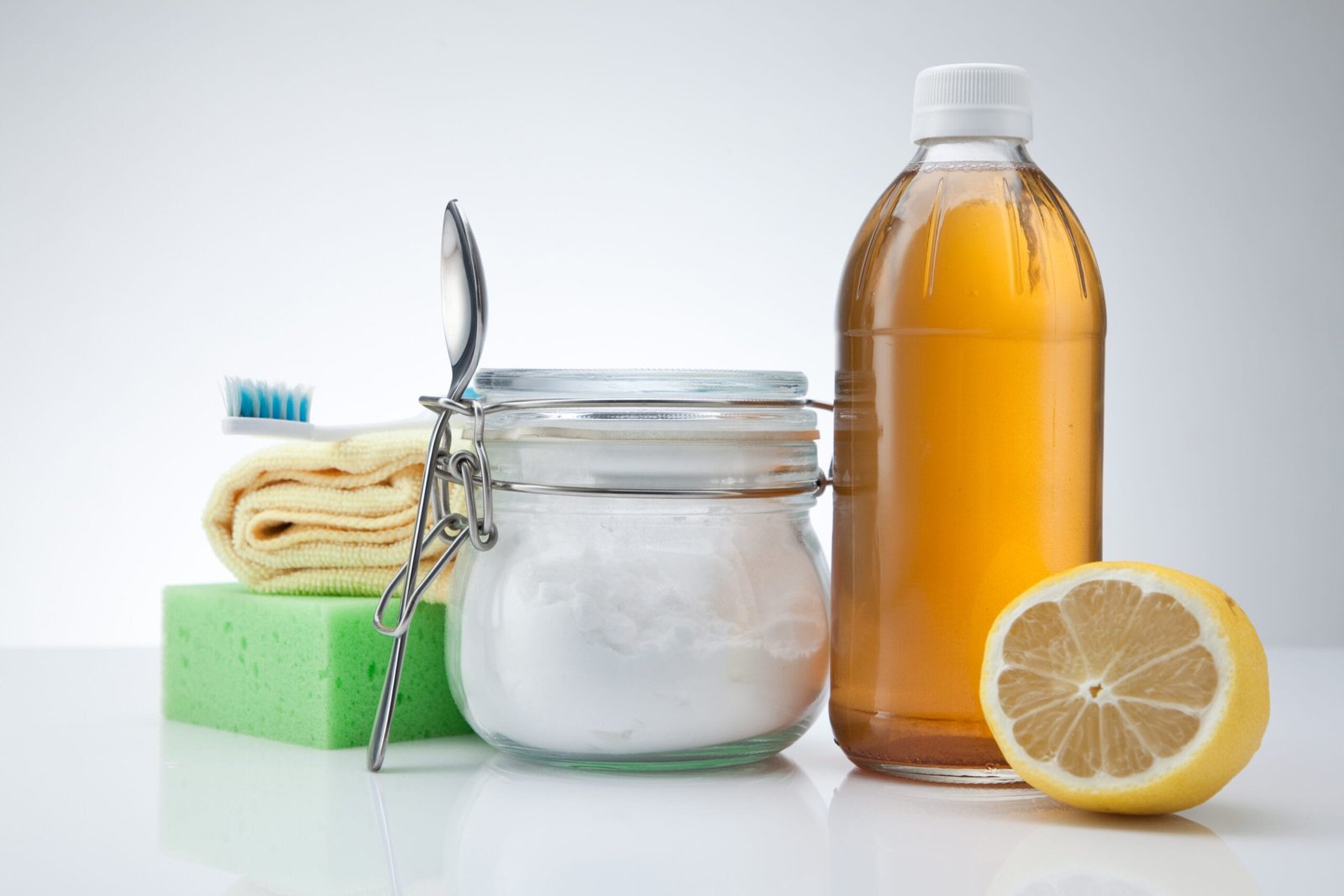
eco-friendly and natural cleaners for bamboo panels
Conclusion
Proper maintenance, especially mold protection, is crucial for ensuring longevity, aesthetics, and structural integrity of bamboo panels. By understanding the causes of mold, blackening, and moisture damage, both industry professionals, end-users and consumers can adopt preventive strategies to preserve bamboo panels effectively. Scientific research highlights the importance of advanced treatment solutions, such as citric acid hydrolysis, silica gel coatings, and environmentally friendly copper-based preservatives. Each strategy contributes to enhancing mold resistance and moisture protection. For end-users and consumers, routine cleaning, sealing, and controlled environmental exposure are key practices in ensuring and prolonging the durability of bamboo panels.
For B2B partners, including exporters, importers and manufacturers, implementing best practices in bamboo panel treatment can significantly reduce product losses, enhance customer satisfaction, and strengthen brand credibility in the sustainable materials market. Ensuring that bamboo panels undergo proper preventive treatment before distribution adds value and reliability to your supply chain.
For end-users and consumers, adopting simple yet effective maintenance techniques—such as regular cleaning, applying protective coatings, and optimizing indoor conditions. These strategies are effective in extending the lifespan of bamboo panels and materials.
At HTR Bamboo, we are committed to providing expert-backed solutions that enhance the durability and resilience of bamboo panels. Explore our range of high-quality mold-resistant bamboo panels and protective treatments tailored to your needs.
Contact us today to learn more about how we can help you preserve and maximize the lifespan of your bamboo investments. 🌿
Share This Story, Choose Your Platform!
Table of Content
Join Our Newsletter
Latest Posts
Copyright 2020 – 2030 Well Nature Bamboo
All Rights Reserved!

